Bhutan is now fighting against the spread of deadly virus by closing down the schools and institutions, government distributing free face mask and hand sanitizer, creating awareness at all levels of the people, building numerous flu clinic in all regions, and citizens at all level volunteering to help contain the virus and stop spreading. Bhutan is fully prepared to contain and mitigate the spread of the deadly virus called COVID - 19.
Festivals in Bhutan
Each village, community and district celebrate the Tshechu in their various style and fashion – however the main theme is same everywhere with slight variations depending upon the ethnic background, tradition and local myths. The festivals revolve around well choreographed masked dances based mostly on incidents from the life of Guru Rinpoche or Padmasambhava, the saint who introduced Buddhism to Bhutan in the eight century. Witnessing the masked dances is very spiritual and most importantly one is cleansed of all sins and bestowed with blessings and good wishes.
Tshechus or festivals of Bhutan are one of the most festive, joyful and colorful occasions for both the Bhutanese and the visiting tourists. Tshechu literally means ‘day ten’ and most of the Tshechu commences on the auspicious 10th day of the month (depending on the astrologer’s declaration) of the Bhutanese Lunar calendar. Tshechus are celebrated with much festivity and merriment throughout the country.
The masked dances and the festival as a whole enhance the teachings and doctrines of Buddha and pray for happiness, peace, joy and love to all sentient beings. All Tshechus are a congregation of locals and tourists. Bhutanese men and women dress up in their finest clothes and jewellery to participate in this sacred festival. Apart from the spiritual enlightenment, the Tshechu is also one of the most colorful, beautiful and incredible experience for the visiting tourists. Dances are performed by monks and lay people. The costumes worn by the dancers are beautiful and colorful.
On the final day of the Tshechu a giant tapestry of Guru Padmasambhava is unfurled. Called the ‘Thongdrol’ this tapestry is one of the most sacred and holy aspect of Buddhism. Thongdrol literally means ‘liberation at sight’ and it is believed that a glance at the Thongdrol will wash away all sins and showers blessings for life.
Just as the English Courts of the Kings and Dukes had clowns to entertain, so do the Tshechu with their masked clown called Atsara. They are also one of the most vital and symbolic figure in the Tshechus and they entertain the crowds whole day long. Wearing comic mask with a hanging phallus on the forehead these Atsaras are free to imitate any of the dancers, impersonate religious figures and imitate both the formal mask dancers and the traditional dancers. They are also regarded as teachers who usually guide the dancers on the ground and help the mask dancers with their costumes or props should anything go wrong.
The sacred masked dances are based mostly on incidents from the life of Guru Rinpoche. The most popular by audience and religiousness is the Guru Tshengye or the eight manifestation of Guru Rinpoche. Legend has it that once Guru Rinpoche was subduing malicious and evil demons who were haunting the people of the Himalayas. Shrewd and cunning as the demons were, they were hiding from Guru Rinpoche. To lure the demons away from their hiding place, the Guru manifested himself in eight forms and danced in front of the hidden demons. Curios by the music and dance these demons peeped out of their hiding. A glance was all it took for Guru to ensnare and tame these demons and transformed them into protectors and guardians of the dharma.
There are also numerous dances brought about in the country by legendry and learned scholars like Terton Pema Lingpa, Phajo Drukgom Zhipo, Melirepa etc. These saints in their vision saw dances being performed in the Zangdopelri (Guru Rinpoche’s Copper Colored Mountain Paradise) and then replicated on earth to the people and followers of Buddhism. There are mask dances that dramatizes morality as in masked dance of the Rakshas and the judgement of the dead (Raksha Mangcham), dance of the noblemen and ladies (Pholeg Moleg) that showcase the living tradition of Bhutan and taming of the arrogant hunter Sharop Gem Dorji through religious songs (gurma) by the accomplished saint and poet, Milerapa, etc.
Tshechu is a time for tourists to mingle with the Bhutanese people and witness the colorful festivals. People from all over the world try to make it for one of the many Tshechus held around the country. Your Bhutan travel and holiday is not complete without a Tshechu included in the itinerary.
Further Reading
Either Day-Hike or Over Night Camp with a moderate Bhutan Tour Activities through the Jigme Dorji National Park with a 360 Degree view of snow capped Himalayan Bhutan Mountains.
One of the most celebrated Festivals of Bhutan is the Thimphu Tshechu or the Thimphu Festival. The Thimphu Tshechu is performed at the Tendrel Thang, the performing courtyard adjacent to the spectacular and magnificent Tashi Chho Dzong or the Fortress of Glorious Religion.



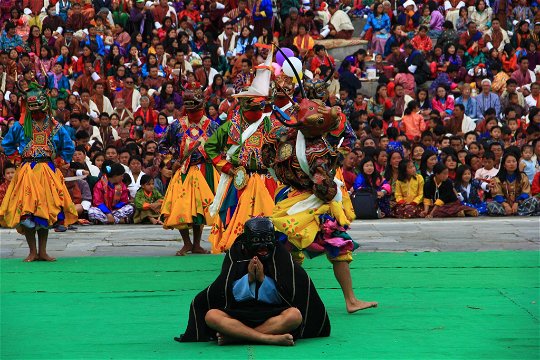
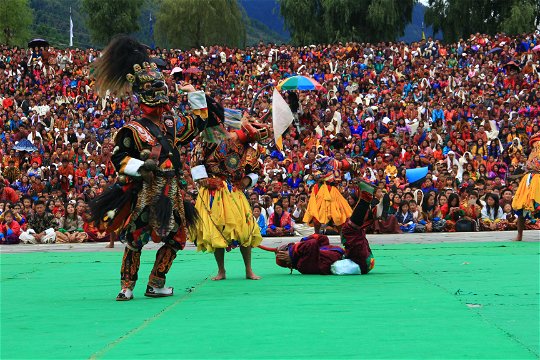
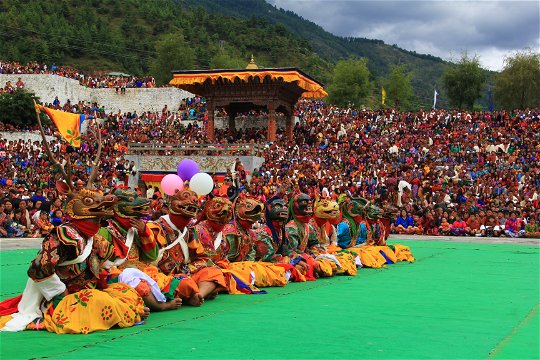
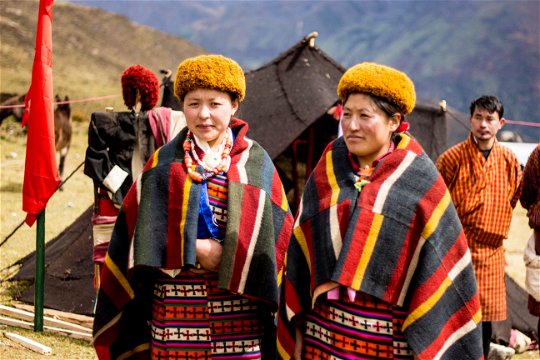
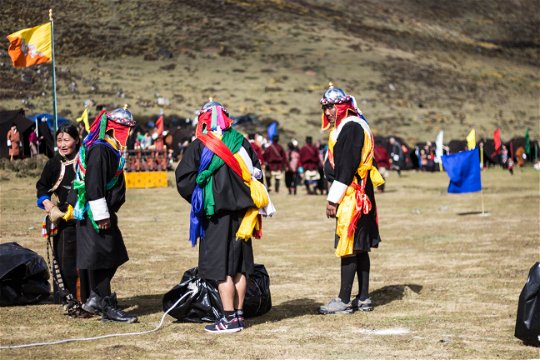
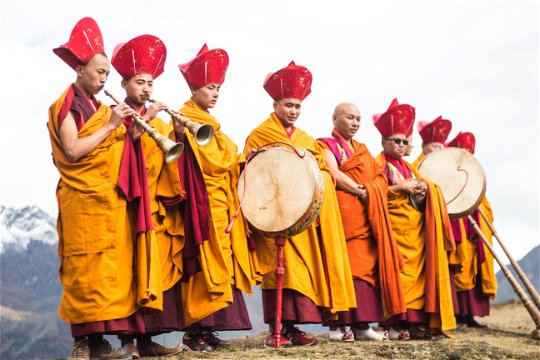
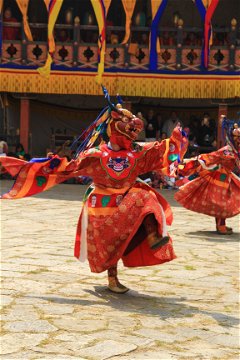
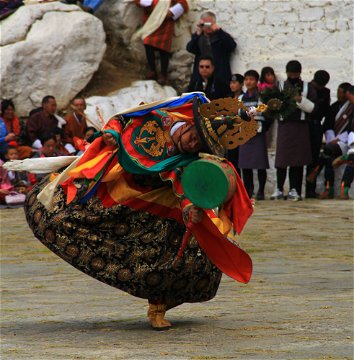
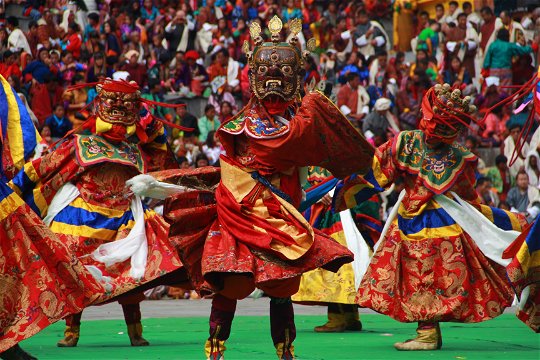
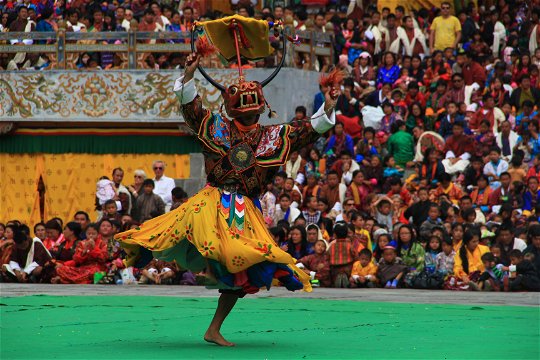

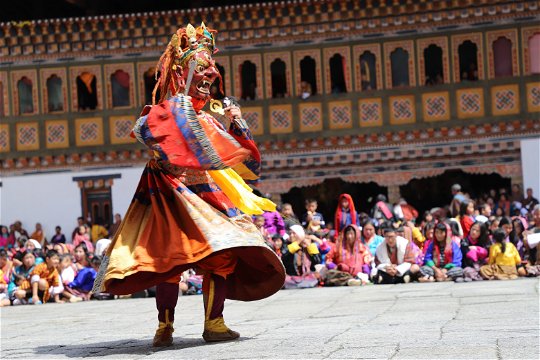
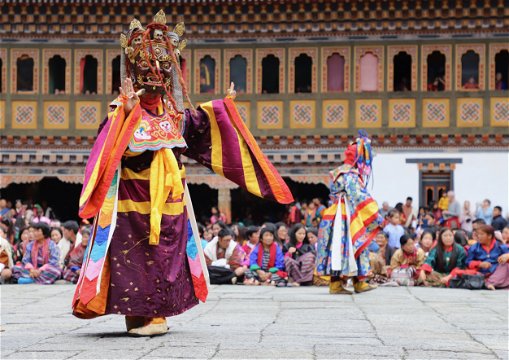
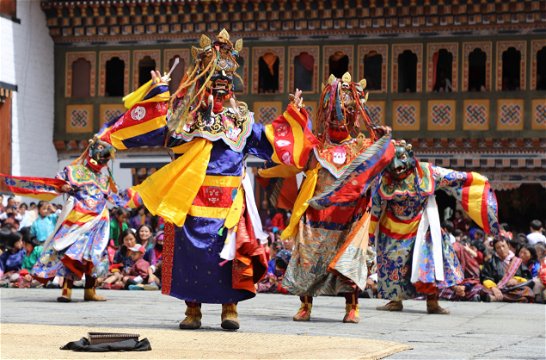


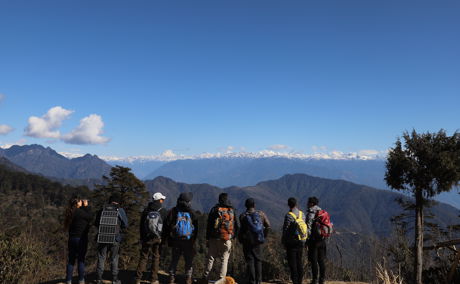
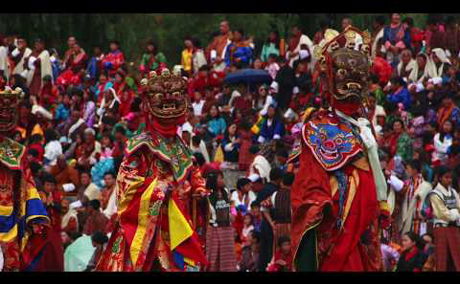

Share This Post